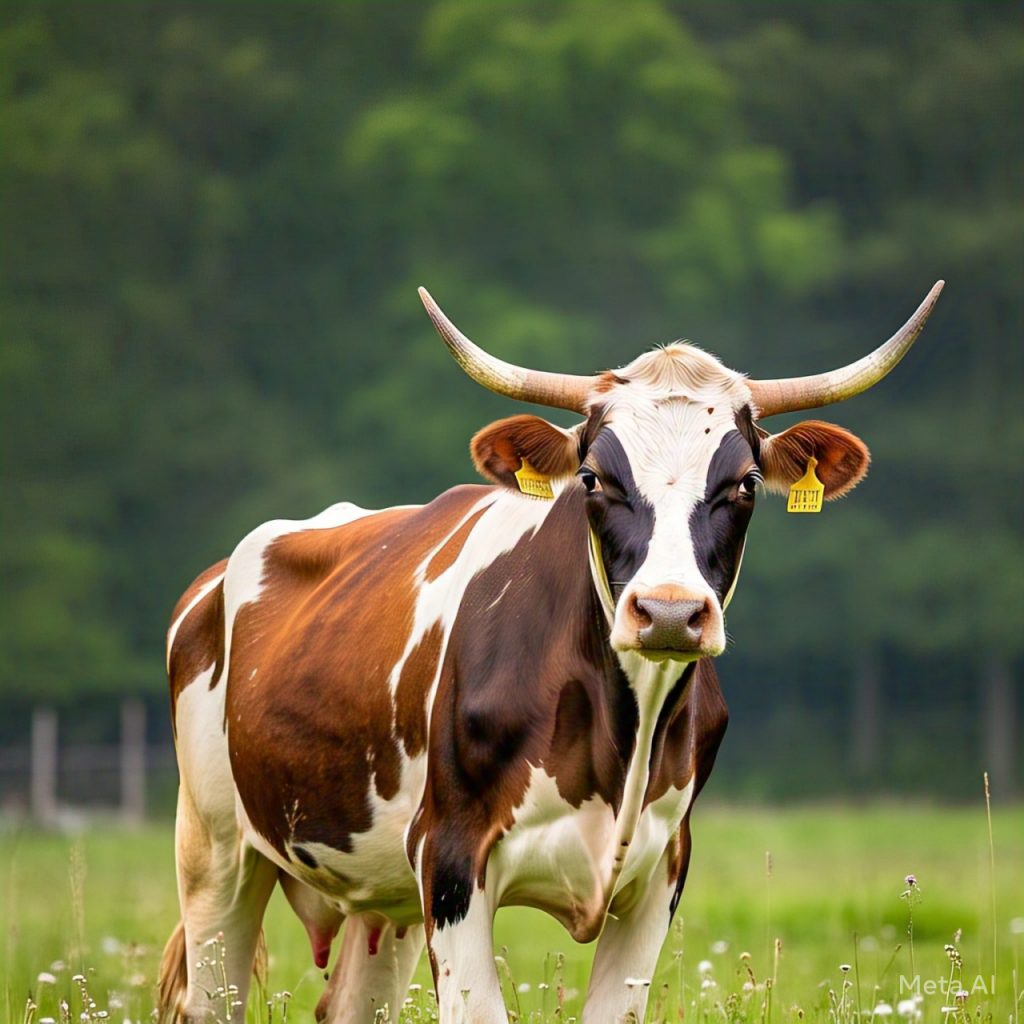When we think of chins, we often associate them with humans. The chin is a defining feature of the human face, but have you ever wondered if other animals have chins too? Surprisingly, the chin is a relatively rare feature in the animal kingdom. This article explores the fascinating question: What animals have chins? We’ll delve into the anatomy of the chin, its evolutionary purpose, and which animals share this unique trait.
What is a Chin?
Before diving into which animals have chins, it’s important to define what a chin actually is. In humans, the chin is the bony prominence at the bottom of the mandible (lower jaw). It’s formed by the mental protuberance, a unique feature that sets humans apart from most other animals.
Key Characteristics of a Chin:
- Bony Structure: The chin is made up of the mental protuberance, a forward-projecting bone at the front of the lower jaw.
- Soft Tissue: The chin is covered by skin and often has a layer of fat, giving it its rounded appearance.
- Function: While the exact purpose of the chin is debated, it may play a role in speech, chewing, and facial aesthetics.
Do Animals Have Chins?
The presence of a true chin is rare in the animal kingdom. Most animals lack the distinct bony protrusion that humans have. However, some animals exhibit chin-like structures or features that resemble a chin. Let’s explore which animals have chins or chin-like traits.
Animals with True Chins
1. Humans (Homo sapiens)
Humans are the only species with a true, prominent chin. The human chin is a result of evolutionary changes in the jawbone, possibly related to speech, diet, or sexual selection.
Animals with Chin-Like Structures
While most animals don’t have true chins, some have features that resemble a chin or serve a similar purpose. These structures are often adaptations for feeding, communication, or other survival needs.
1. Elephants
Elephants have a prominent lower jaw that extends forward, creating a chin-like appearance. This structure supports their trunk and helps with feeding.
2. Gorillas
Gorillas have a robust lower jaw with a slight forward projection, giving them a chin-like feature. This adaptation is related to their strong chewing muscles and herbivorous diet.
3. Orangutans
Orangutans also have a pronounced lower jaw, which can resemble a chin. This feature is linked to their diet of tough fruits and vegetation.
4. Horses
Horses have a forward-projecting lower jaw that can appear chin-like. This structure supports their grazing habits and helps them chew tough grasses.
5. Cows
Similar to horses, cows have a lower jaw that extends forward, creating a chin-like appearance. This adaptation aids in their grazing behavior.
6. Dogs
Some dog breeds, such as the Boxer or Bulldog, have a more pronounced lower jaw that can resemble a chin. This is due to selective breeding for specific facial features.
7. Cats
While cats don’t have a true chin, some breeds, like the Persian, have a rounded lower jaw that can give the appearance of a chin.
Why Don’t Most Animals Have Chins?
The absence of chins in most animals is linked to differences in jaw structure, diet, and evolutionary pressures. Here are some reasons why chins are rare in the animal kingdom:
- Dietary Adaptations: Animals have evolved jaw structures suited to their specific diets. For example, carnivores have strong jaws for tearing meat, while herbivores have flat molars for grinding plants.
- Lack of Speech: The human chin may have evolved in part due to the development of speech. Since most animals don’t speak, they don’t require the same jaw adaptations.
- Evolutionary Pressures: The human chin may have developed as a result of sexual selection or other evolutionary factors unique to humans.
The Evolutionary Mystery of the Human Chin
The human chin remains a topic of scientific debate. While it’s clear that humans are the only species with a true chin, the exact reason for its evolution is still unclear. Here are some leading theories:
- Speech Development: The chin may have evolved to support the complex muscles involved in speech.
- Dietary Changes: As humans transitioned to softer diets, the chin may have developed to reinforce the jawbone.
- Sexual Selection: The chin could be a secondary sexual characteristic, playing a role in attractiveness and mate selection.
- Mechanical Reinforcement: The chin may help distribute stress during chewing, preventing jaw fractures.
Fun Facts About Chins in Animals
- Elephants’ “Chins”: Elephants use their chin-like lower jaw to help anchor their trunks while feeding.
- Gorillas’ Strong Jaws: Gorillas’ chin-like structures are a result of their powerful chewing muscles, which are necessary for their fibrous diet.
- Selective Breeding in Dogs: Some dog breeds have been selectively bred to have more pronounced lower jaws, giving them a chin-like appearance.
Conclusion
The chin is a unique feature that sets humans apart from most other animals. While some animals have chin-like structures, none possess a true chin like humans do. The evolution of the human chin remains a fascinating mystery, with theories ranging from speech development to sexual selection. Understanding the anatomy and purpose of the chin not only highlights the uniqueness of humans but also sheds light on the diverse adaptations found in the animal kingdom.
Whether you’re marveling at an elephant’s trunk-supporting jaw or admiring a gorilla’s robust mandible, the absence of a true chin in most animals serves as a reminder of the incredible diversity of life on Earth.

